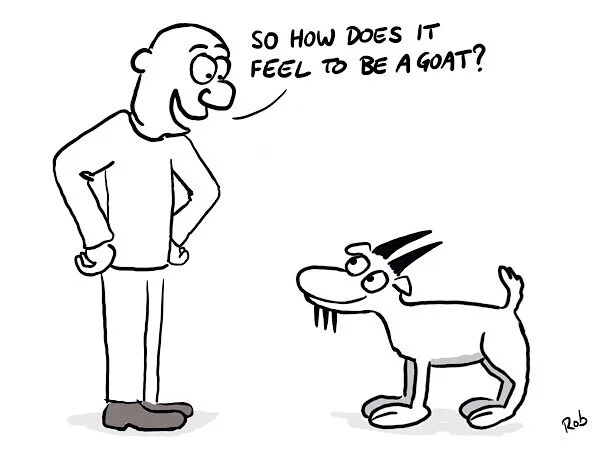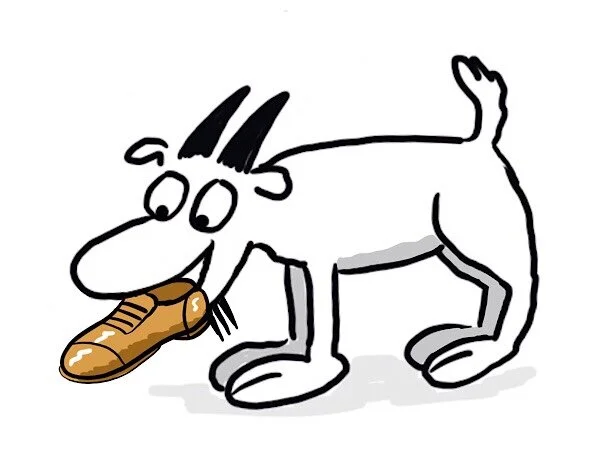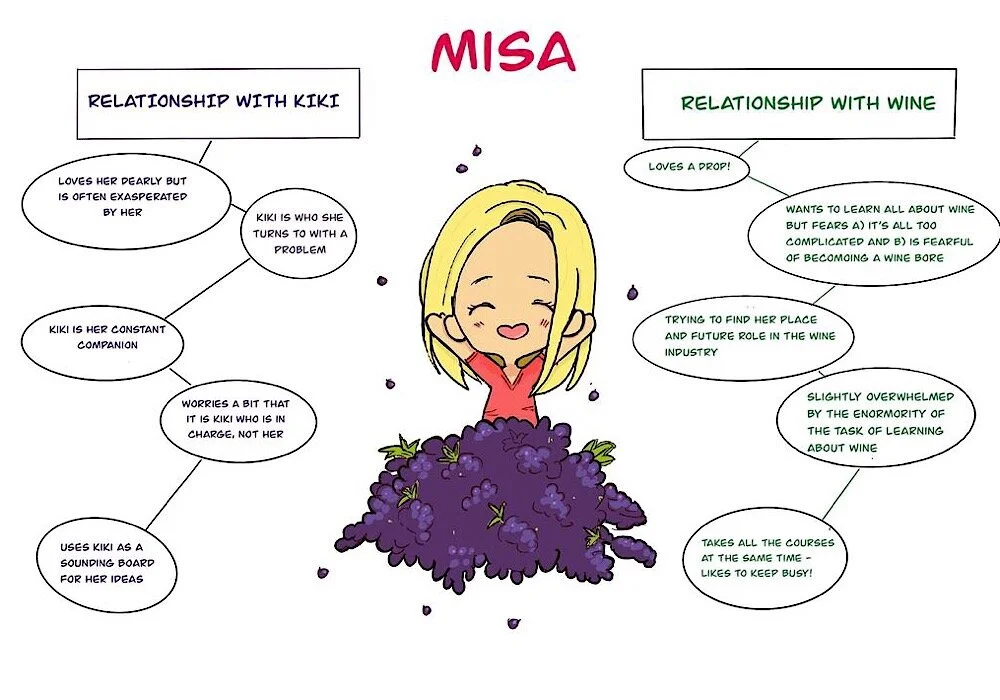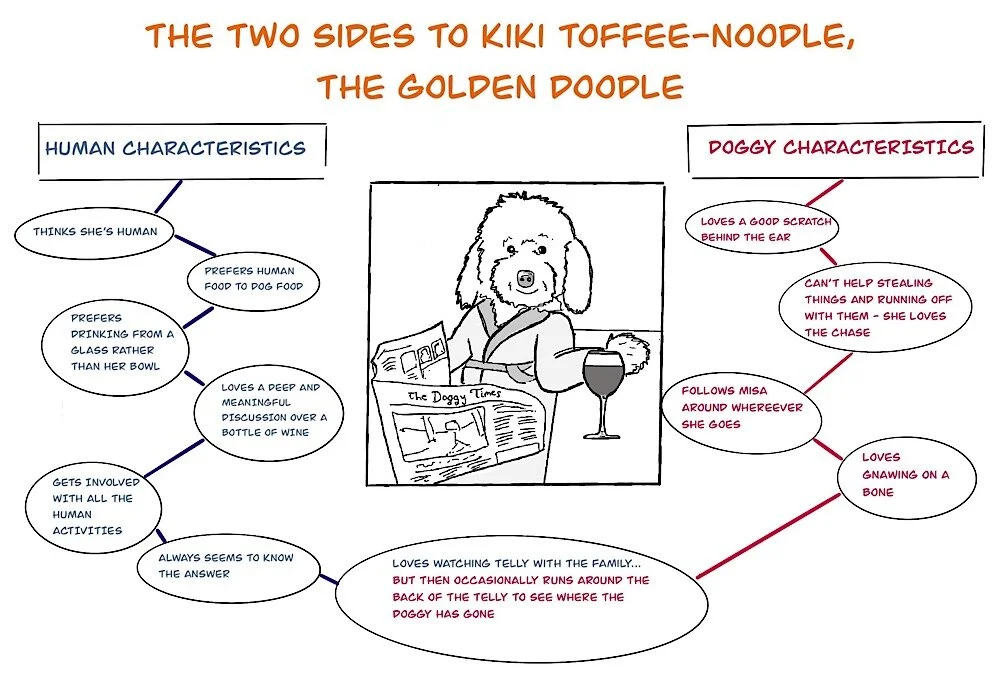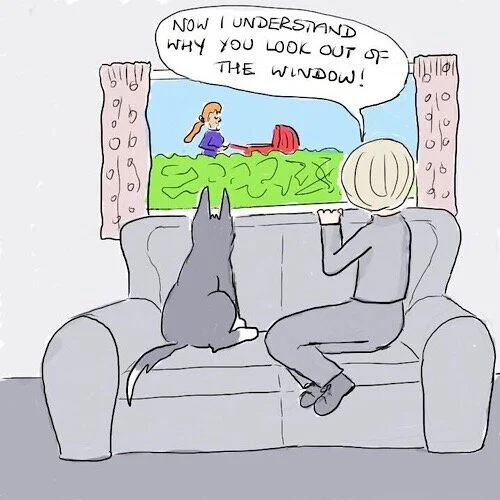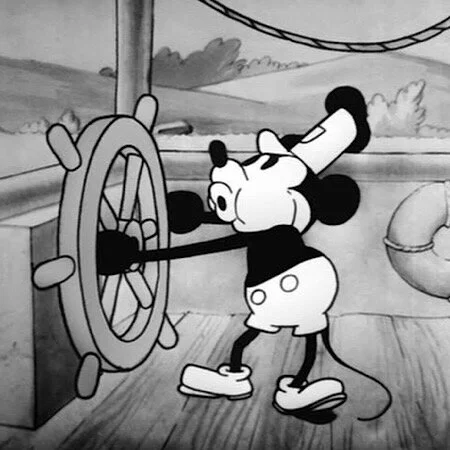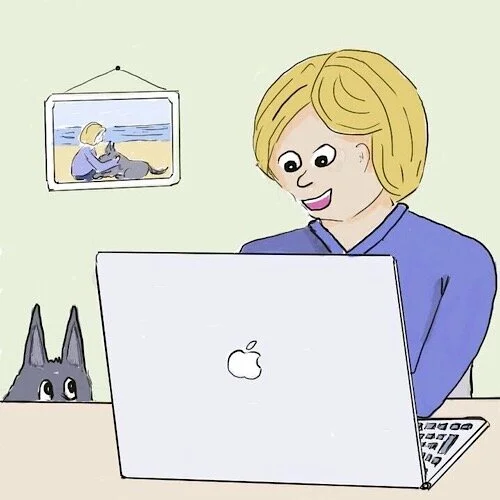Have you ever felt that a character you’ve just created is just a bit plain and grey…that it needs more spark and personality about it?
Of course you could suddenly inject your character with some more character with a sudden zap of colour…
But not every rabbit gets to be pink…
…and not every character has to be colourful in appearance to stand out and develop more personality.
In this article we’re going to look at a few ideas to help you develop your character further.
Here’s what we’re going to cover:
putting yourself in your character’s shoes
putting your character in your shoes
your character’s relationship to others
another side to your character
character quirks
keeping a character diary
your character’s journey
Put yourself in your character’s shoes
Spend a few minutes over this and really try and put yourself into your characters shoes. Look at the character’s profile, and also any cartoons that you drew previously and feature the same character. How do you think they might act? In any sort of situation, you could ask yourself, what would XXX do?
Put your character in your shoes
We have all heard the expression “to put yourself in someone else’s shoes”, but how about putting the character into your shoes for a day.?
Here are a couple of points to ponder.
Everyday routine
Think about your own everyday routine. How might your character go about it differently? If it is a human character then they might have a slightly different way of doing something than you, but if it is an animal, then it might be very different.
Remember that it’s a cartoon, so animals get a comic licence to do human stuff. You could even quickly doodle your character going through some of the exact same parts of your daily routine, and then think about how you could put a twist on them.
This may not sound very exciting in terms of character development, however, our personality is made up of lots of little things that we do all the time, usually without thinking about them at all.
What makes you happy/annoyed/sad etc.
Think of things that make you feel different emotions. Would these be triggers be the same for your character? And even if they are, would they react in the same way?
Your character’s relationship to others
We form our personality in relationship to others.
We often react differently when we are around different people.
How might your character act with different people?
You can also think in terms of how your character might react with inanimate objects, such as the example with wine above.
We’ve all done this. You only have to think of experiences with a dodgy photocopier or a slow computer to realise that we do this all the time.
How could your character react to different objects in it’s world.
Another side to your character
Many owners feel that their pet takes on some human characteristics. Ir is it perhaps we are taking some of our pet’s characteristics?
For an animal character, you could follow the example above and see what human characteristics you could apply to it.
Our own personality can change a lot throughout the day depending on factors such as energy level, stress etc.
Think about how your character’s personality might vary at different times of the day.
Thanks to Michelle Knight for supplying the above two examples.
Character quirks
We’ve all got quirky ways of doing things. If you don’t think you do, then just ask someone close to you to see what they have to say.
It’s a lot of fun to invest quirks for your character. So if a dog is often sitting looking out of a window, how does it sit, how does it react to different passers-by. Etc.
Food is a particular source of character quirks, both in terms of what you eat and how you eat it.
Perhaps there is an activity that your character returns to again and again. In the example above it might be Gus the dog who loves to to turn any opportunity into either a tug-of-war or a wrestling match.
Thanks to Carol Clark, “The Doggy Doctor”, for supplying the two above examples.
You can find Carol:
https://www.downdog.co.uk/
Keep a character diary
One thing that can help you to get inside your characters head is to keep a diary for them. This works for non-human characters as well. You don’t have to write much, just a sentence.
Your character’s journey
Your character is only just beginning.
Think about how long it takes for people to develop their own personality and look. It’s no different for a cartoon character. It’s not going to hop fully-formed out into the world from the get-go.
Give them some time to evolve.
Rather than putting any sort of pressure on yourself about creating a great or complex character, start drawing what you’ve got and see where it leads to from there.
There are lots of examples of famous cartoon characters that have ended up quite a bit appearance and personality wise from their original form. Let’s take Mickey Mouse for an example.
Mickey Mouse appearing in ‘Steamboat Willie’ in 1928.
And appearing a whole lot later.
Personally, I much prefer him in his younger incarnation, when he was basically, a bit of a wrong ‘un. Definitely not a very cute mouse!
Here’s what we covered:
putting yourself in your character’s shoes
putting your character in your shoes
your character’s relationship to others
another side to your character
character quirks
keeping a character diary
your character’s journey



